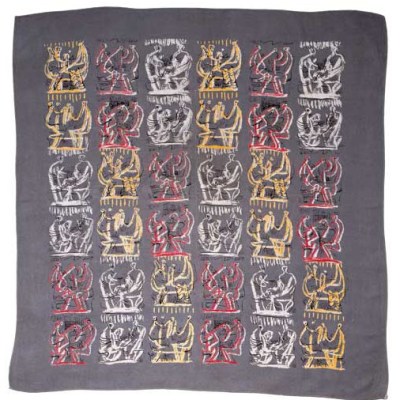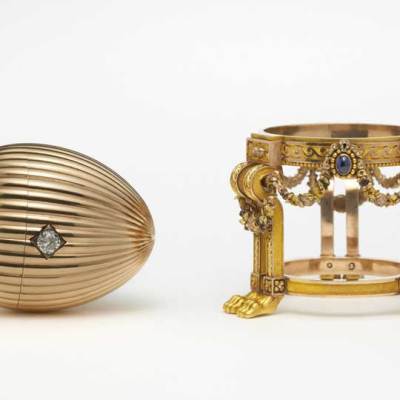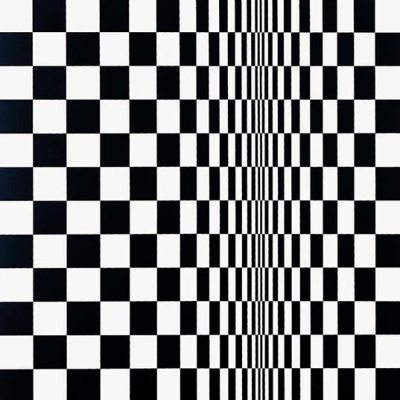Let’s assume that many art historians don’t regularly look closely at works of art. Let’s assume that they (we) spend disproportionately more time reading, writing, researching, lecturing on, teaching about, discussing, disputing and debating them. If this is the case – and a combination of experience and eavesdropping suggests it is – is it cause for concern?
Should we worry that art history as taught in secondary and higher education is weighted towards interpretation and contextualisation? Perhaps, in the rush to lend the subject additional academic ballast, something’s been overlooked: the honing of visual literacy, the intellectual act of looking at original objects. This kind of looking – primary, immediate and responsive – seems to decrease as one ascends the academic ladder towards the quiet and dusty attic of expertise. That ascension might even be compared to a loss of vision itself. The object under discussion is gradually leached of colour, shrunken into an illustration, swathed in text like a myopic fog. Disappearing before your very eyes.
If we accept active and engaged looking as intrinsic to effective art-historical practice (and we should), and feel its loss (and we should), how might we get it back? The strange truth is that it is taking place on a daily basis in museums everywhere, but not (or not conventionally) under an art-historical umbrella.
Academic art historians of every level would do well to observe museum education in action. Audiences of all ages, ethnicities, backgrounds and levels of ability – from school classes, to support groups for the elderly or infirm, to families – are led into a deeper comprehension of works of art through sustained exposure to, and supported discussion of, original objects. This practice is most commonly, and accurately, aligned with pedagogical practice in the classroom, since it’s teaching by another name. (I make this point to separate it from guided tours, which are another thing entirely). But could it be art history, too?
A group of schoolchildren, guided by an experienced museum educator, participate in a period of concentrated looking at an object they may never have seen before. What unfolds is a gradual deepening of focus, in which observations made by the group, supported and developed by the educator, generate increasing intimacy with the object. One viewer’s observations become strengthened in collaboration with another’s; an adjustment to an art object’s glacial timescale occurs.
That slow looking gets closer to a work of art’s ‘pictorial intelligence’ (to nod to Alpers/Baxandall) – that is to say, a work of art’s intrinsic embodiment of conceptual, formal and decorative ideas – than any discussion of ‘historical context’, or patronage, iconography, pigment composition or original location could hope to. And if we believe pictorial intelligence to be worth talking about, it’s this approach that provides its exemplary means of expression.
More comment from Apollo’s Muse Room…
Silent, slow looking, or looking that doesn’t result in a scrabbled panic for ‘meaning’ (and usually a scurry to the wall text), is a skill honed to perfection by small children, who (mostly) don’t find sitting on the floor looking at a single object to be beyond the bounds of their ability. Some of the most interesting ideas I’ve heard about Poussin, for instance, have come from eight or nine year olds, who seem to find it fascinating that something with no moving images or interactive components can nevertheless exist in time, revealing itself in incremental glimpses that seem (and in fact are) generated by them.
They leave the gallery with little additional knowledge about the Counter-Reformation, or post-colonial theory, or the role of the patron in early Renaissance Florence. But they leave having had a profound engagement with an intelligence that makes itself known in visual traces, and thereby comes alive by being looked at. They have looked it into life.
Ben Street is a freelance museum educator, art historian and writer based in London. www.benstreet.co.uk
Related Articles:
Curators, connoisseurship and the art of looking (Danielle Thom)
‘Not just for the posh: Rebranding History of Art’ (Lara Prendergast)
Looking Good: National Gallery exhibitions promote close looking (Rosalind McKever)



